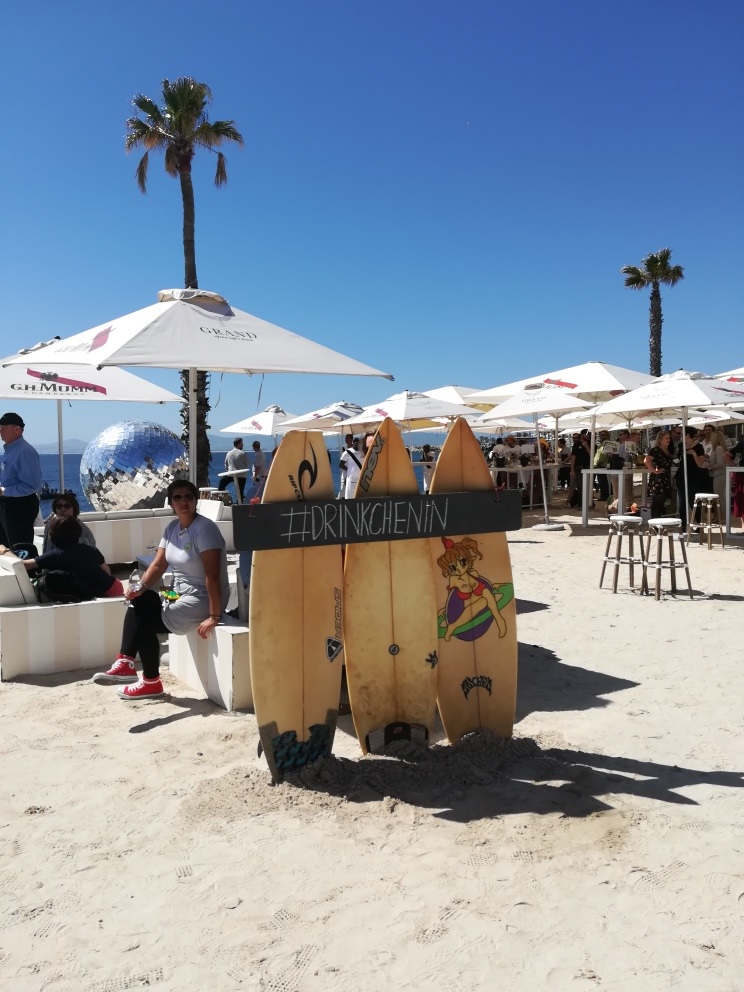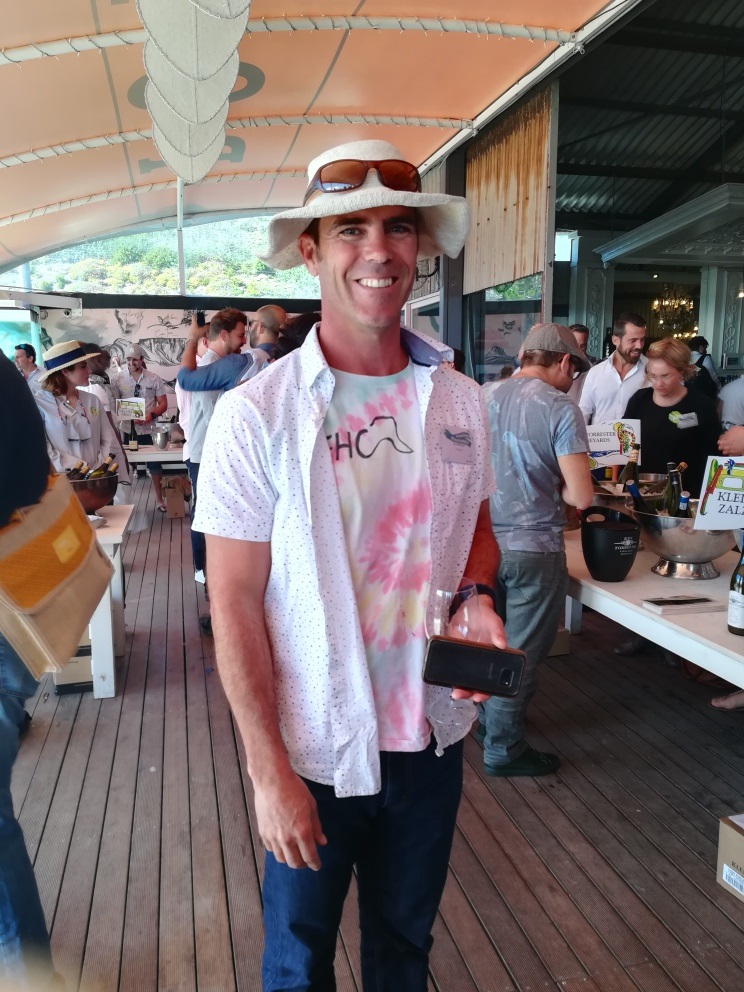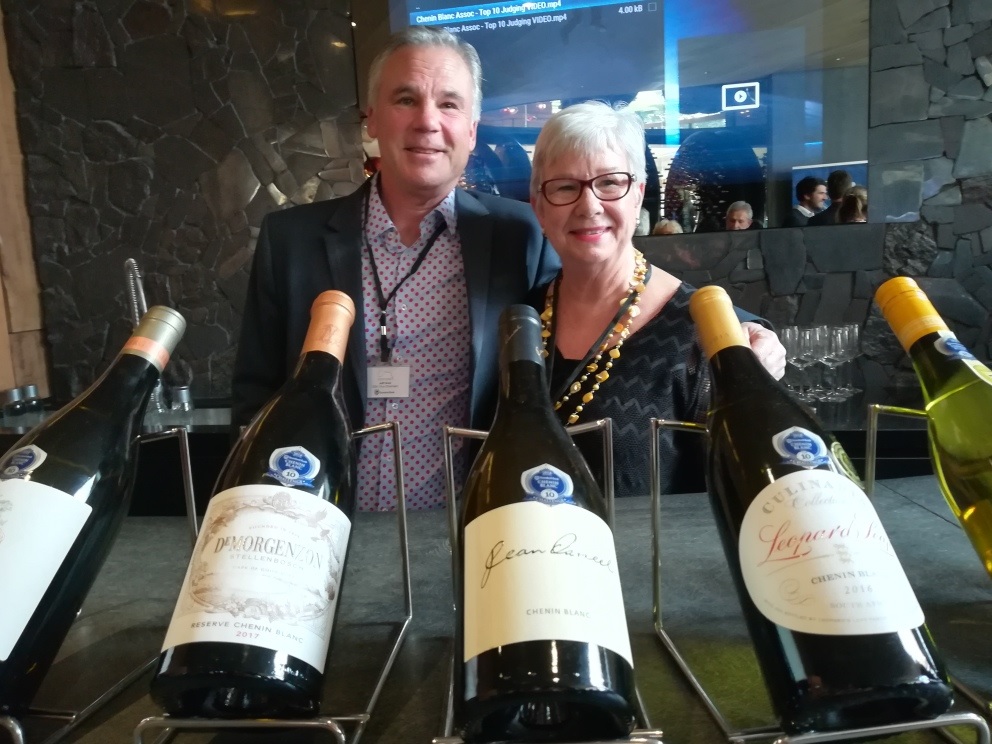CHENIN BLANC SOME REFLECTIONS
Discussing different varieties with a friend who sells a lot of South African wine in the UK, the conversation turned, as it frequently does, to Chenin Blanc and why it’s a leader in individuality and quality. ‘Maybe,’ my friend suggested, ‘Chenin is so far ahead because the producers own the style; in some other varieties, it’s a copy cat game.’
Chenin producers are spread across the winelands; there’s not one region where Chenin isn’t grown, a good reason for the collective sharing of pride in the variety. It’s taken time. Until the mid-1990s, Chenin had an image of being cheap and cheerful quaffing wine.
The enthusiasm of a few producers, encouragement from visiting MWs, inauguration of a Chenin Blanc competition by the-then Wine Magazine, founding of the Chenin Blanc Association and South Africa’s re-entry into the international market all contributed to jump-start what is now a roller-coaster of attention on the variety. If South Africa continues to lead the way in the non-traditional world, the Loire remains the classic benchmark.

The pace of improvement has been remarkable. The first Chenin Blanc Five Star wine in Platter’s Wine Guide appeared only in the 2004 edition: Jean Daneel’s Signature 2003 was also awarded Wine of the Year. No other Chenins made five or even Highly Recommended 4.5* stars. In the 2018 edition, 17 Chenin Blancs made 5* and 20 Highly Recommended 4.5*. I wouldn’t expect much change over the coming years, except perhaps an increase.
A further and significant boost to Chenin has been the interest in old vines and establishment of the Old Vine Project. Old vines are classified as those 35 years and older; it was thanks to the efforts of viticulturist, Rosa Kruger, Johann Rupert, owner of Anthonij Rupert Wines and winemakers such as Eben Sadie (many more following in his footsteps), that there are still many old vines, Chenin especially. Of the current 3200 hectares officially registered old vines, Chenin accounts for 1361.70 ha.
The producers take seriously the responsibility of caring for the vines, looking after the growers financially and producing the best and most authentic wine possible. This is reflected in many competition results. All but one of the Top 10 wines on this year’s Standard Bank Top Ten Chenin Blanc Challenge were made from vines older than 27 years. Consistency is also notable; Spier has featured every year in the Top Ten since the Challenge’s inception in 2014, DeMorgenzon since 2015, Stellenrust has missed one year since 2014. These are also regular Platter 5* awardees.
Importantly, prices cover a range from everyday affordable to luxury. Panel Chair, Cathy van Zyl MW commented in her report that this is a good thing, as to appeal to the broadest possible base of consumers and keep sales growing, there must be Chenins at every price point.
Winelovers are responding with increasing enthusiasm. Van Zyl revealed. Sales have shown an annual upward trend, even cutting down on Sauvignon Blanc as the top-selling variety.

Sales were no doubt helped by this year’s #DrinkChenin Day social media campaign; held on 15th June, it generated 4.9 million impressions on Twitter, reaching 646 235 unique users. These figures do not generate themselves: Chenin’s trajectory has as much to do with the enthusiasm and driving force of Association Manager, Ina Smith and Chairman, Ken Forrester, as the wines themselves.
Last week’s Chenin Blanc Beach Party, a relaxed occasion attended by winelovers, local and international media in Cape Town for Cape Wine, also received generous social media attention.

All such exposure furthers the positive image of a variety establishing its credentials as South Africa’s own.
- Angela Lloyd